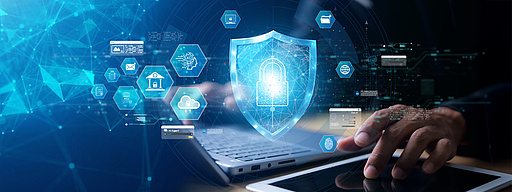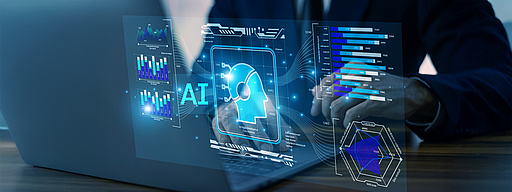12. November 2025, IT Security
Data Governance & IT Governance: The Keys to Data and Digital Sovereignty
12. November 2025, IT Security
Data Governance & IT Governance: The Keys to Data and Digital Sovereignty
More, Faster and Smarter Features: The new baramundi 2025 Release 2
Cyber insurance: A necessary part of IT security
AI Meets DEX: How Smart Analytics Make Outlier Devices Visible
Proactive ITSM with DEX: A Breather and an Opportunity for IT Admins
End User Experience Monitoring: Essential New Practices for Business Productivity and Success
AI in business: Beyond the chit-chat
Navigating the Endpoint Complexity and Security Maze: Why Comprehensive UEM Is More Essential Than Ever
The Digital Workplace of the Future: DEX as a Strategic Game-Changer for Organizations
Entries 1 to 9 of 141









